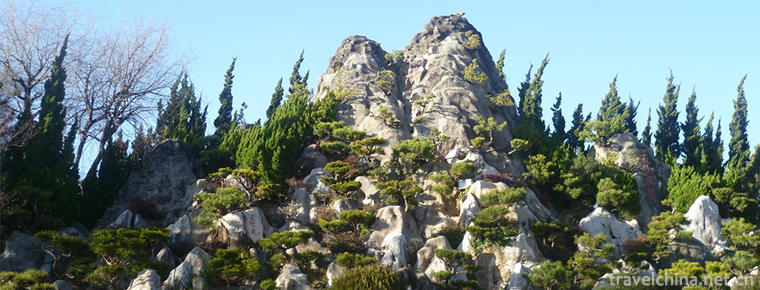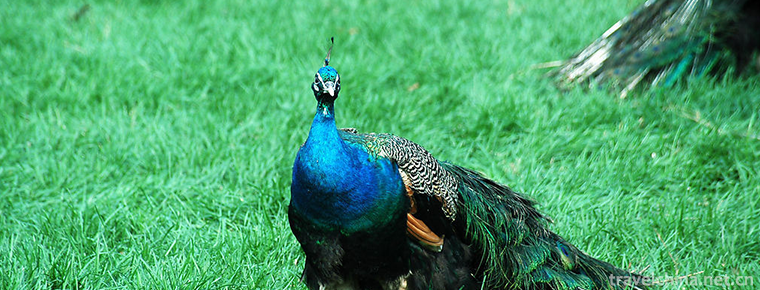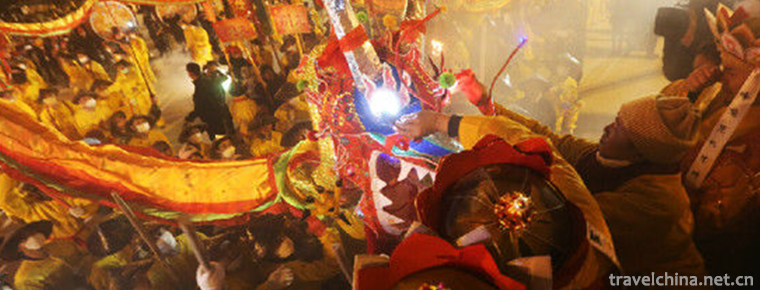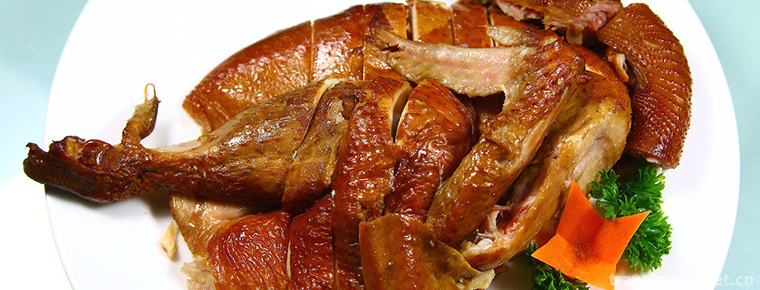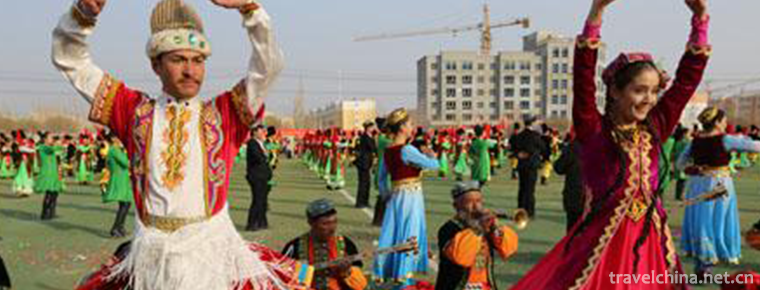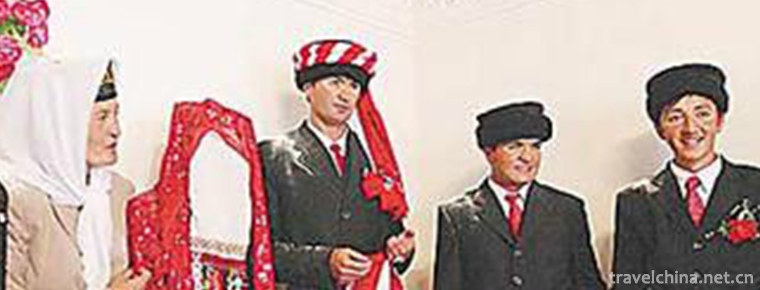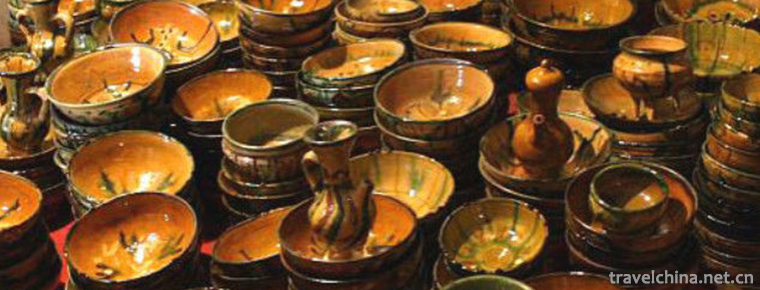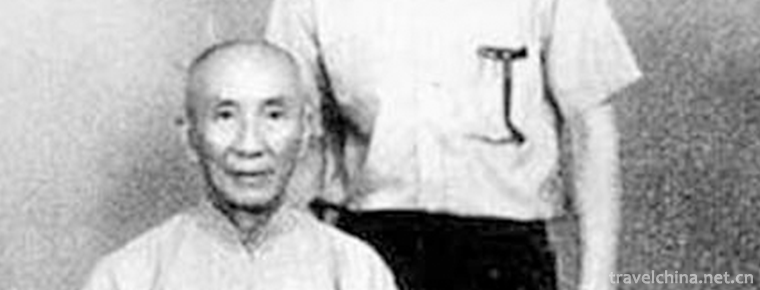Li Folk Songs
Li Folk Songs
Folk songs play an important role in daily life. Almost all men, women and children can sing. Especially on festive days, singing is an indispensable recreational activity. In the daily production work, they also sing impromptuly. The content of folk songs is mostly love songs, such as "Anti-Marriage Song" is a long narrative song. There are labor songs, wedding songs, grand ceremonies, ghost songs and so on. Li folk songs can be divided into traditional old folk songs sung in Li language and folk songs sung in Hainan dialect, which are influenced by Han culture. Li Ge has a set of beautiful tunes, similar to singing tunes, such as "Luoli Tune" in Qiongzhong and Baoting Counties, and "Shui Man Tune" in Qiongzhong County.
In 2008, Li folk songs were approved by the State Council to be included in the second batch of national intangible cultural heritage list.
historical origin
The Li people live in Tongshi Town, Baoting, Ledong, Dongfang, Qiongzhong, Baisha, Lingshui, Changjiang and Guanxian on Hainan Island. They are a branch of the ancient Baiyue people. The Li people have their own language. The Li language belongs to the Li branch of the Zhuang and Dong languages of the Sino-Tibetan language family. Because of long-term contact with the Han people, many Li people can speak Chinese at the same time. In the past, the Li people did not have their own written language and used Chinese characters. In 1957, they created the Latin-based Li language.
artistic characteristics
Characteristics of Li Folk Songs
Li folk songs are a gorgeous flower of art. People of Li nationality love to sing. Li folk songs can be divided into folk songs and folk songs. Folk ballads are sung in Li language and rhyme, mostly in traditional classical Li songs, usually with five syllables and one sentence, but there is no fixed number of sentences in each song. Generally, four sentences are used as one song in minors.
Li folk songs are mostly solo and duet. They are accompanied by Li's unique folk music. They are often combined with music and dance. They are composed of songs and songs. They have distinct national characteristics and strong ancient customs. They are rhythmic and easy to be praised by mouth. Li folk song is sung in Hainan dialect and Li rhyme. It is a new Li song derived from the development of Li society and the exchange and integration of other national cultures. Generally, there are seven sentences, one sentence and four sentences, which are called "four sentences songzi". The longer narrative poems are four sentences and one section. They are continued in many sections. In addition to solo and duet singing, there are Qi Zeng, rotation, chorus and accompaniment of musical instruments. Li's ballads are rich in imagination, appropriate in metaphor, rigorous in structure, far-reaching in artistic conception and lively in use of Fu, Bi and Xing. Love songs, which are exquisite treasures in Li folk songs, are in large numbers. The Li people sing ballads, mainly on festive days, such as building new houses, holding weddings, Festival theatres, visiting relatives and friends and other occasions, usually men and women sing in pairs, often to the dawn. Especially in the traditional festival of "March 3rd" every year, young men and women gather in the hillside, with songs as the medium, to exchange feelings, pour out love and find couples. Usually in the production of labor, but also because of interest to sing a song, direct expression of feelings. In some family celebrations, respected elders often impromptuly sing all-inclusive "classical" Li Songs, which are sung all night long.
During the period of revolutionary war, Li folk songs developed again. It replaces the backward and passive parts of the original songs with the revolutionary content and high-spirited style, and becomes a weapon to educate the people to fight against the enemy. For example, Five Rivers on Wuzhishan expresses the strong revolutionary belief of the Li people with firm and optimistic mood and joyful lyrics. After listening, it makes people feel energetic and ambitious. Li singers emerge in an endless stream and emerge in batches. The most famous singers are those who conform to their virtues.
Li nationality musical instruments
The instruments of Li nationality are mainly folk ones. These instruments can be solo or accompanied. Among them, "Wow" (that is, "bamboo flute") is made of bamboo tubes of different lengths, 2 feet, 1 foot and a half, and 6 inches and 7 inches. The end of the blow is corked, leaving only one fifth of the air vent. The pore is partially like a crescent moon. There are six small holes on the front of the tube. When playing, the left and right hands press three phoneme holes respectively. As the fingers open or close, they can play eight intervals, such as 1234567i. It's loud and loud.
"Dongxiao" is made of rattan and bamboo poles. It is 1 inch thick and 4 feet long. There is a blow hole at the edge of the pipe head. The opposite side of the pipe pole is 1.5 feet away from the pipe head. The front side of the pipe pole is 1.5 feet away from the pipe head. There are three sound holes downward. It can be divided into vertical blowing and bamboo tube blowing. For vertical blowing, the tube head is covered with dew-pocket leaves to control the size and strength of blowholes; for small bamboo tubes, the blowholes are inserted with a 4-5 inch long bamboo tube with the thickness of a pen tube and wrapped with dew-pocket leaves. When playing, the left thumb holds the opposite phoneme hole, the middle finger holds the front first phoneme hole, and the right index finger and the middle finger holds the second and third phoneme respectively. From these four phoneme holes, 7 intervals, such as 1234567, are blown out. The tone is broad, melodious and full of life sentiment.
Lizu ballads, with their rich lyrics and various melodies, are both graceful and passionate. They reflect the simple, optimistic, honest and forthright character of the people of the Li nationality.
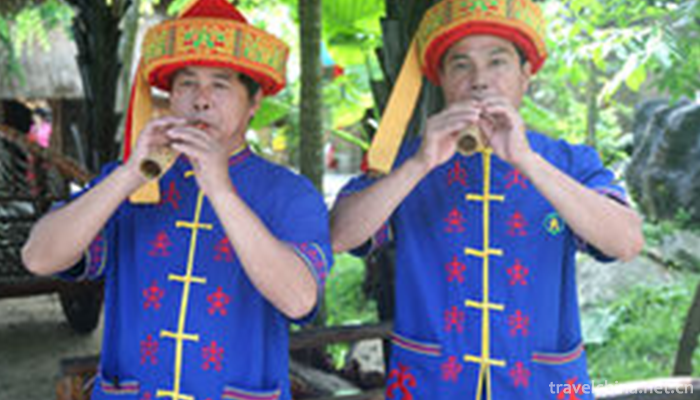
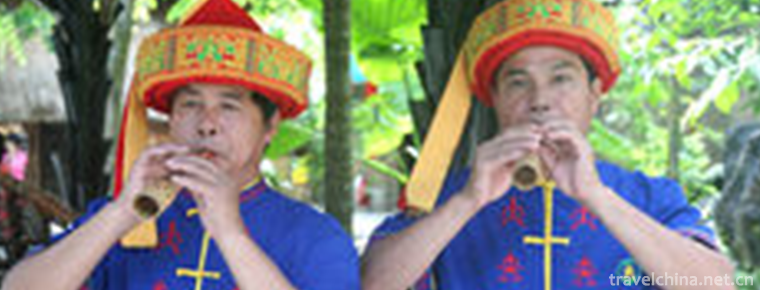
Li Folk Songs
-
Guifeng Scenic AreaShangrao City Jiangxi Province
Guifeng Scenic Spot is located in the southwest of Yiyang County, Jiangxi Province, beside 320 National Highway, 311 Highway and Zhejiang-Jiangxi Railway
Views: 189 Time 2018-12-08 -
Kunming World Horticultural Expo Garden
Kunming World Horticulture Expo Garden (hereinafter referred to as the World Horticulture Expo Garden) is the site of the 1999 Kunming World Horticulture Expo.
Views: 267 Time 2018-12-12 -
The Siberian Tiger Park
Located on the North Bank of Songhua River, the Northeast Tiger Forest Park covers an area of 1.44 million square meters and is adjacent to the Sun Island Scenic Area. Among them
Views: 205 Time 2018-12-19 -
dalian forest zoo
Dalian Forest Zoo is located in Baiyun Mountain Scenic Area, Dalian, covering an area of 7.2 square kilometers. The zoo is divided into two parts: the first phase of captivity and the second phase of
Views: 176 Time 2019-01-06 -
Binyang Gulong Festival
Binyang Gulong Festival is a unique traditional festival in Binyang County, Guangxi. It is a comprehensive folk festival that integrates Han and Zhuang cultures.
Views: 241 Time 2019-04-04 -
Production Techniques of Dezhou Braised Chicken
Dezhou Grilled Chicken is a kind of poultry meat product cooked slowly in small fire. It is originally produced in Dezhou City, Shandong Province. It is also known as Dezhou Wuxiang Boneless Grilled C
Views: 300 Time 2019-04-26 -
Sama Dance
Sama dance is a kind of folk dance that the Uygur working people dance together during the New Year's Festival. Its movements are simple and powerful. It is mainly popular in Kashgar and Shache of Sou
Views: 139 Time 2019-06-12 -
Tajik Marriage Customs
On the Pamir Plateau, which is more than 4000 meters above sea level, there is a Tajik people living in China. This is a people who can sing, dance and hospitality. Their life is full of mystery, and
Views: 146 Time 2019-06-17 -
Uygur moulding earthenware firing
Uygur moulding pottery has a history of more than two thousand years. After the middle of the ninth century, Uygur ancestors moved westward to the vicinity of the Tarim Basin, inherited the pottery ma
Views: 208 Time 2019-06-26 -
Yongchun Quan
Yongchun Quan is a traditional Chinese martial arts, a technology to stop invasion, a positive, streamlined and legitimate defense system, and the legal use of force. Compared with other traditional C
Views: 232 Time 2019-07-14 -
Bengbu University
Bengbu College (Bengbu University) is a state governed country. Ministry of Education The approved one is mainly work oriented, with a coordinated development of engineering, science, management, lite
Views: 181 Time 2019-11-07 -
The position of Panzhihua
Panzhihua City is located at the junction of Sichuan and Yunnan in Southwest China, 26 ° 05 ′ - 27 ° 21 ′ N and 101 ° 08 ′ - 102 ° 15 ′ E. Jinsha River and Yalong River meet here. It borders Huili, Dechang and Yanyuan counties of Liangshan Yi Autonomous Prefecture
Views: 381 Time 2020-12-14

